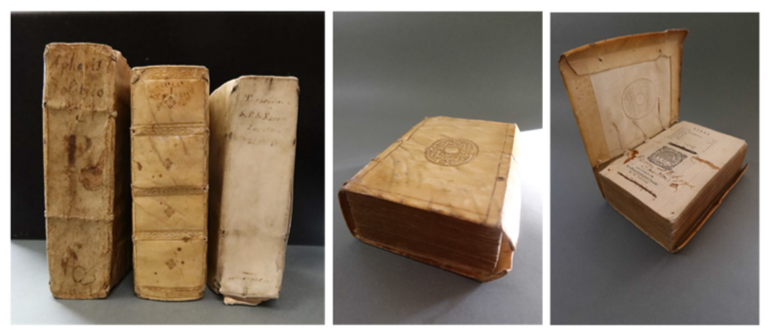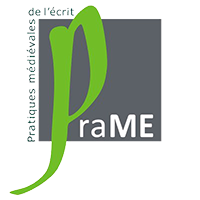Limp bindings
Thanks to the financial support of the Fondation Roi Baudouin, the anatomy of limp bindings made of parchment (limp vellum), is studied using radiography (in situ binding structure) and proteomic analyses (animal species identification). The corpus consists of limp bindings from 16th c. to17th c., originating from Spanish Low Countries.
More than one hundred limp bindings (preserved at the Moretus Plantin University Library) will be analyzed. The objective is to acquire a deeper scientific knowledge about this cultural heritage by confronting data from structural analysis, bioarchaeology and imaging.




